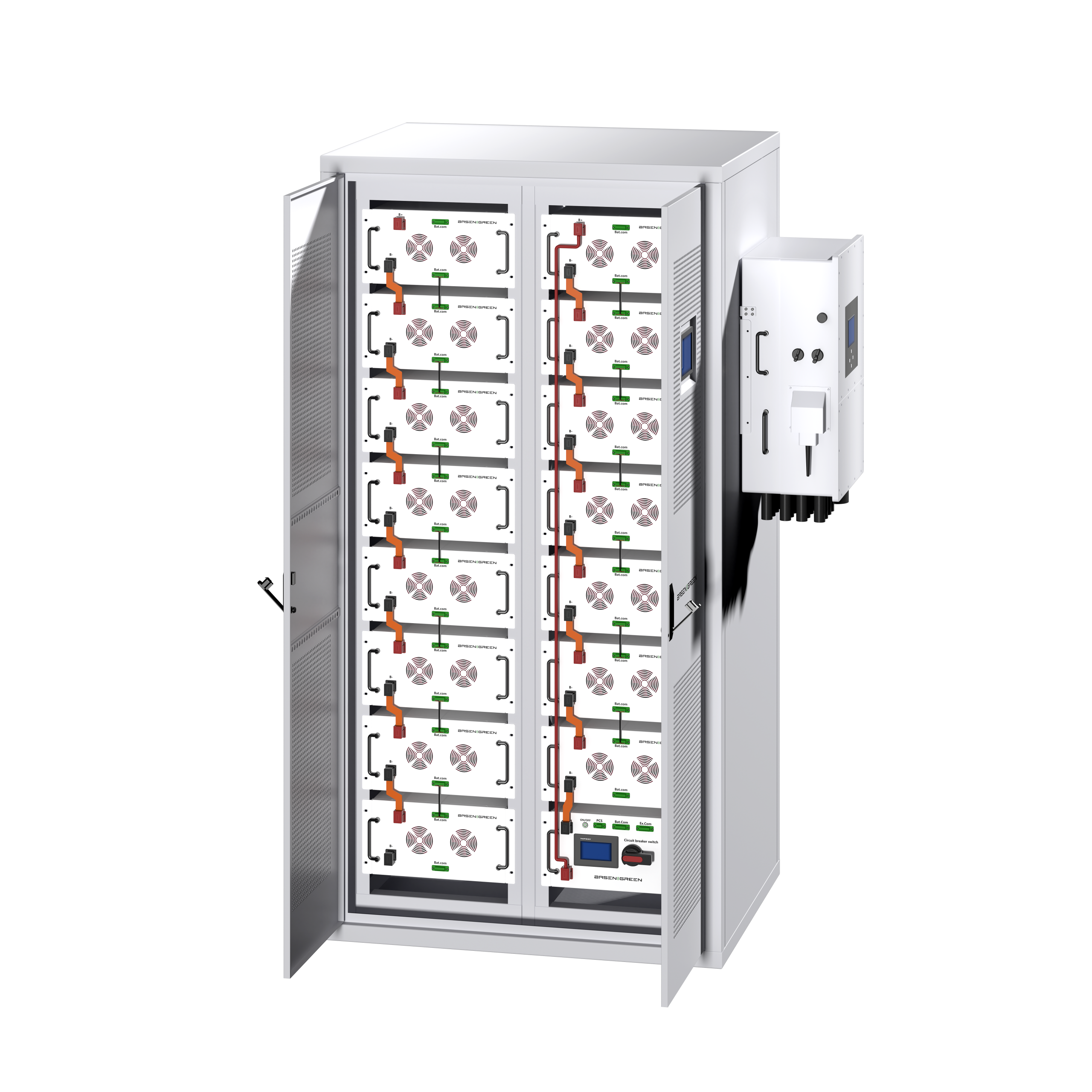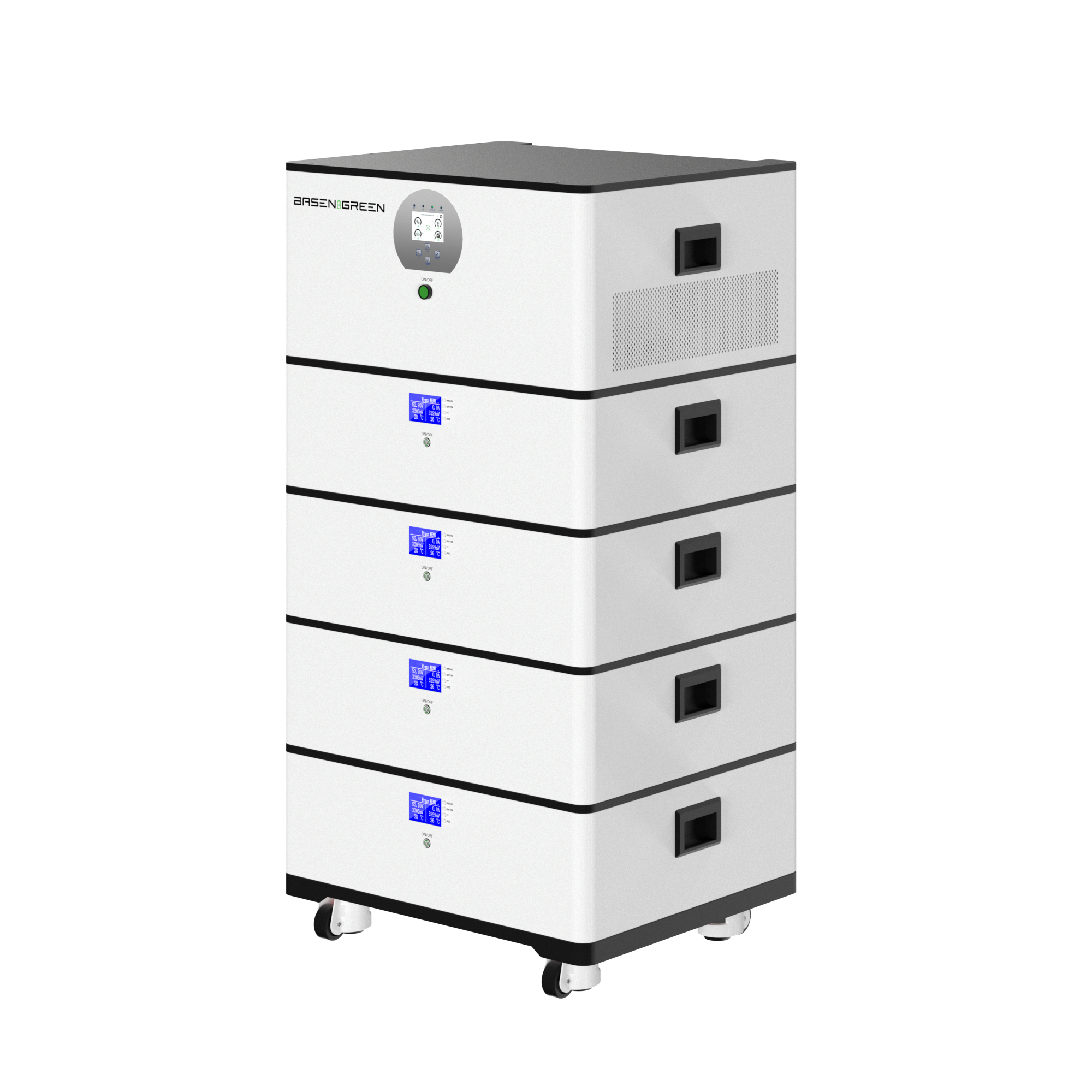The U.S. power grid is at a critical juncture. With soaring electricity demand from AI, electric vehicles, and industrial electrification, the need for a flexible, resilient, and cost-effective energy system has never been greater. Energy storage—from lithium-ion batteries to long-duration solutions—offers a powerful answer. Federal incentives, technological advancements, and evolving market structures have already driven record-breaking deployments. But to meet surging demand while ensuring affordability and sustainability, policymakers must treat storage as essential infrastructure, accelerating its integration with smart reforms.

Stabilizing the Grid in an Era of Rising Demand
The U.S. energy landscape is undergoing seismic shifts. AI data centers alone could account for nearly half of the country’s additional electricity consumption by 2030, while broader electrification trends are pushing demand up at an unprecedented rate. At the same time, renewable energy—particularly wind and solar—has become a dominant force in power generation. But without sufficient storage, the intermittency of these resources risks grid instability, especially as extreme weather events intensify.
This is where battery storage proves indispensable. Unlike fossil-fuel peaker plants, which ramp up only during demand surges, batteries provide instant responsiveness, smoothing out supply fluctuations and maintaining grid frequency. During emergencies, they act as a rapid backup, ensuring uninterrupted power when traditional systems falter. And crucially, storage can be deployed in months—far faster than building new gas plants or transmission lines—making it a flexible solution to bridge immediate capacity gaps while long-term infrastructure develops.
Cutting Costs and Improving Market Efficiency
Beyond reliability, energy storage plays a key role in making electricity more affordable. By shifting cheap, excess renewable energy to peak demand periods—a strategy known as arbitrage—storage helps flatten price volatility and reduce reliance on expensive peaking generation. In Rhode Island, for example, a utility-scale battery system has lowered costs for consumers by storing energy when prices are low and discharging it when demand—and prices—spike.
Greater standardization in contracts, financing mechanisms, and revenue-stacking opportunities (where storage provides multiple grid services) will further enhance bankability. As these market structures mature, storage will become an increasingly cost-competitive alternative to conventional power sources, benefiting both utilities and ratepayers.
Bolstering Energy Security and Independence
Storage also strengthens U.S. energy security. By maximizing the use of domestically generated wind and solar power, it reduces dependence on imported fuels and insulates the grid from global supply shocks. Additionally, the storage industry itself is driving job growth, with employment in transmission, distribution, and storage rising nearly 4% in 2023, outpacing the broader energy sector.
The Urgent Need for Policy Action
To unlock storage’s full potential, policymakers must take decisive steps:
- Streamline permitting and interconnection to allow faster deployment.
- Refine market designs to compensate storage for the full range of services it provides (e.g., frequency regulation, capacity support).
- Incentivize long-duration storage to support deeper decarbonization beyond today’s two- to four-hour battery systems.
Waiting is not an option. The grid of the future cannot rely solely on fossil fuels or intermittent renewables—it requires a balanced approach where storage serves as the backbone of stability, affordability, and resilience. The momentum is already building; now, regulators, investors, and industry leaders must align to ensure energy storage secures America’s energy future.






